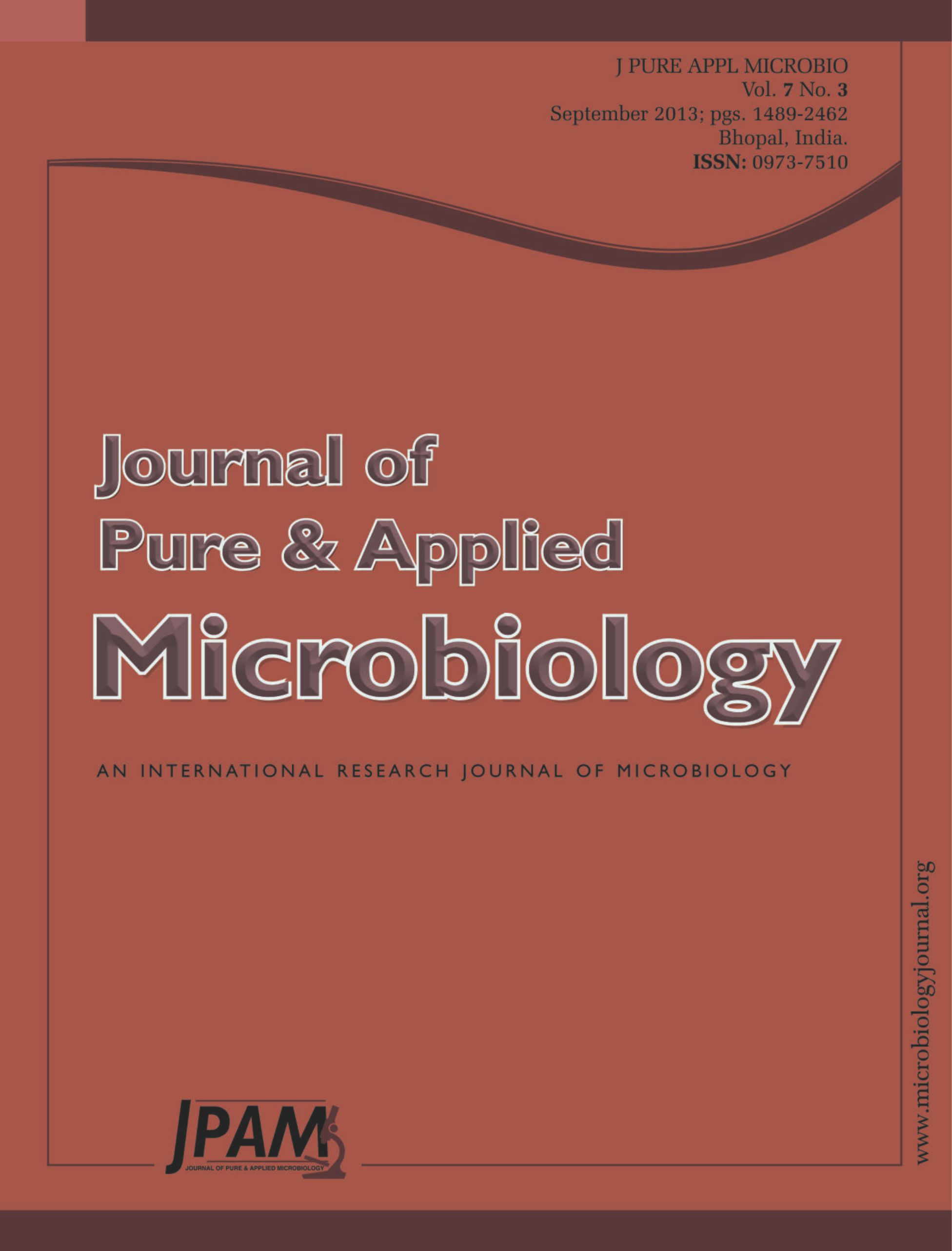The present study was aimed at assessing the acid producing ability of alkalitolerant bacterial isolate to reduce the alkalinity of cement industry waste (cement kiln dust). A Gram positive, alkalitolerant bacterium, designated strain KG4, was isolated from rhizospheric soil capable of growth at high pH (~12) and screened on the basis of its potential to reduce the pH of the alkaline medium. The strain exhibited phenotypic properties consistent with its classification in the genus Bacillus. Growth was observed at pH 6-12, at temperature 28-50°C, and at NaCl concentration of 0-16%. The highest level of 16S rRNA gene sequence similarity was with Bacillus sonorensis NRRL B-23154 (94.7%). On the basis of the phenotypic characteristics and genotypic distinctiveness of strain KG4 from other phylogenetic neighbours of alkaliphilic Bacillus species, the name Bacillus sp. KG4 is proposed with GenBank accession number JN969986 (=NCIM 5440). This strain was then utilized in reducing the alkalinity (79%) and chloride (82%) of cement kiln dust which represents its economical and industrial application in treatment of alkaline industrial wastes.
alkaliphiles, alkalinity reduction, Bacillus sp., Cement kiln dust
© The Author(s) 2014. Open Access. This article is distributed under the terms of the Creative Commons Attribution 4.0 International License which permits unrestricted use, sharing, distribution, and reproduction in any medium, provided you give appropriate credit to the original author(s) and the source, provide a link to the Creative Commons license, and indicate if changes were made.


